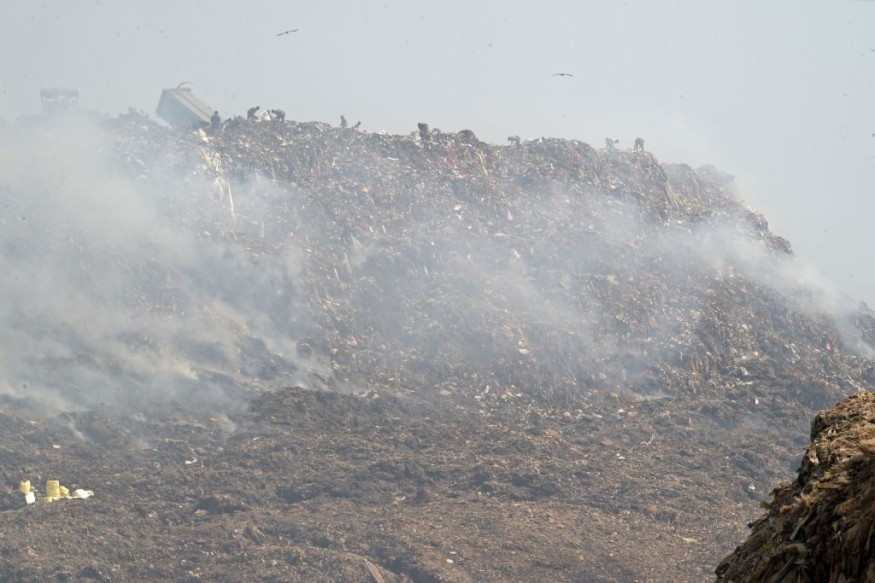
Since 2019, there have been over 1,000 major escapes of the strong greenhouse gas methane from landfill waste dumps.
According to scientists, emissions from unmanaged landfills might double by 2050 as metropolitan populations rise, reducing the probability of avoiding a global disaster.
Methane Emission
Landfills generate methane when organic waste, such as food scraps, wood, card, paper, and garden waste, decomposes in the absence of oxygen. Methane, often known as natural gas, absorbs 86 times more heat in the atmosphere than carbon dioxide over 20 years, making it an important target for climate action.
The new data show that 1,256 methane super-emitter occurrences occurred between January 2019 and June 2023. The nations having the biggest leaks are Pakistan, India, and Bangladesh, followed by Argentina, Uzbekistan, and Spain.
Methane emissions have increased since 2007 and now account for one-third of global warming, which is fueling the current climate disaster.
Scientists are frightened by the acceleration, which they believe is the most serious threat to keeping global warming below 1.5 degrees Celsius and might trigger catastrophic tipping points.
The rapid increase appears to be related to global warming driving up methane production in wetlands, creating a potential vicious spiral that makes reducing human-caused methane emissions even more critical.
Decomposing garbage accounts for around 20% of human-caused methane emissions. Fossil fuel operations account for 40% of emissions, and there were over 1,000 super-emitter occurrences from oil, gas, and coal plants in 2022 alone, many of which were readily rectified. Cattle and paddy fields contribute the remaining 40% of emissions.
"Big landfills make a great deal of methane but it doesn't cost much to bulldoze soil over a stinking, burning landfill. It's not rocket science," said Prof Euan Nisbet, a methane expert at Royal Holloway University of London.
Waste Industry Emission
Since 2020, Delhi, India's capital, has seen at least 124 super-emitter incidents from city dumps. Experts underscored that India is tremendously vulnerable to the effects of the climate catastrophe, making methane reductions particularly critical.
The worst event in India occurred in April 2022 in Delhi, when 434 tons of methane were released into the atmosphere each hour. This is similar to the pollution produced by 68 million petrol cars running at the same time.
Most developed countries regulate waste sites however, Argentina is an exception, with 100 super-emitter occurrences reported from garbage dumps in the metropolis of Buenos Aires since 2019.
The worst occurred in August 2020, when 230 tonnes per hour were emitted, which is equivalent to running 36 million cars.
The satellites also detected super-emitter occurrences in Madrid, Spain, with 17 leaks since 2021 and four large leaks in the first half of 2023. The highest recorded rate was 25 tons per hour on January 23, which is comparable to 3.9 million running automobiles.
According to Carlos Silva Filho, president of the International Solid Waste Association, the 150-country global methane pledge to reduce methane emissions by 30% by 2030 cannot be accomplished unless waste industry emissions are addressed.
"If we really focus on reducing methane emissions from the waste sector, it is a gamechanger." About 40% of the world's waste still goes to unmanaged dumps," he added.
Related Article : Methane Pollution That Worsens Global Warming is Rapidly Increasing
© 2025 NatureWorldNews.com All rights reserved. Do not reproduce without permission.





